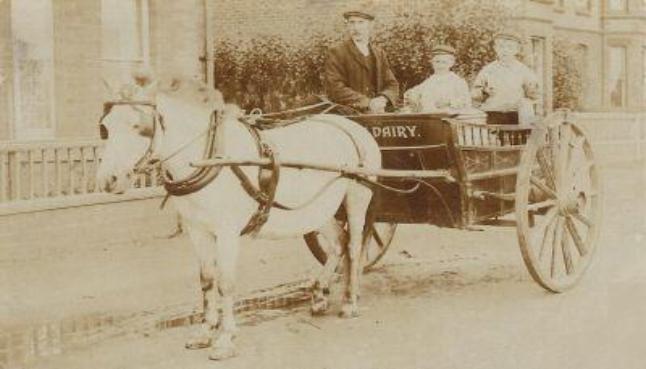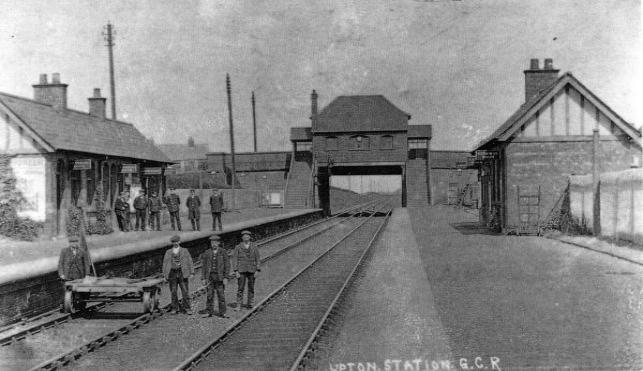

| MENU |


As with many rural places, Upton for many years was just a mass of small tracks and self created
path ways. During the boom in the 17th century purpose built paths or small roads as we would call
them today would have passed through the village. This allowed trade and commerce and would
certainly have increased the ability to bring stock to the markets in Upton. Given that the markets
were the biggest in Wirral it is almost certain that the roads passing through the village centre
would have been frequently maintained to allow horse and cart pass through unhindered. Ruts
were most likely used on steep hill or poor terrain as can be seen on Bidston Hill.
The first sue of asphalt and smooth road surfaces sprang up from 1830 onwards giving the look of
what we describe as a road today. After the slow down in the village during the 19th century the
population again began to slowly increase as did commerce. The first public transport to arrive in
Upton was in 1891 in the form of a horse driven bus.
Upton Station was opened shortly after in 1896. The station originally had a booking office on the
road bridge which spanned the two platforms. The booking office was removed during
redevelopment of the station & expansion of the road bridge during the 1970's. Each platform also
used to have its own waiting room. Adjacent to the station, on what is, presently, the site of a
Somerfield supermarket, was a coal & goods yard.
A few decades after the steam train and during the population boom the combustible engine
allowed the village to receive its first motorised bus. It was only during the 1950s that this service
was really taken advantage of. Today you cannot pass through Upton without seeing a means of
some sort of public transport.
path ways. During the boom in the 17th century purpose built paths or small roads as we would call
them today would have passed through the village. This allowed trade and commerce and would
certainly have increased the ability to bring stock to the markets in Upton. Given that the markets
were the biggest in Wirral it is almost certain that the roads passing through the village centre
would have been frequently maintained to allow horse and cart pass through unhindered. Ruts
were most likely used on steep hill or poor terrain as can be seen on Bidston Hill.
The first sue of asphalt and smooth road surfaces sprang up from 1830 onwards giving the look of
what we describe as a road today. After the slow down in the village during the 19th century the
population again began to slowly increase as did commerce. The first public transport to arrive in
Upton was in 1891 in the form of a horse driven bus.
Upton Station was opened shortly after in 1896. The station originally had a booking office on the
road bridge which spanned the two platforms. The booking office was removed during
redevelopment of the station & expansion of the road bridge during the 1970's. Each platform also
used to have its own waiting room. Adjacent to the station, on what is, presently, the site of a
Somerfield supermarket, was a coal & goods yard.
A few decades after the steam train and during the population boom the combustible engine
allowed the village to receive its first motorised bus. It was only during the 1950s that this service
was really taken advantage of. Today you cannot pass through Upton without seeing a means of
some sort of public transport.
| Upton Railway Station 1912 |
| Upton Dairy Cart 1909 |

